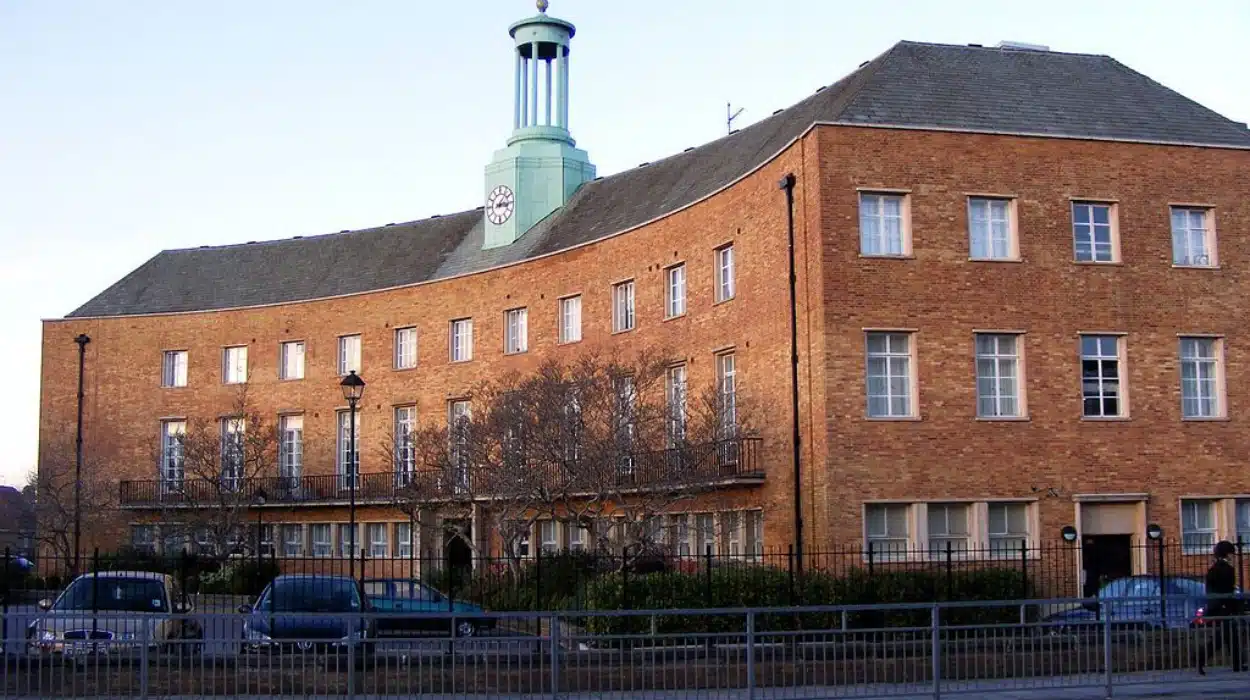Barnet (Parliament Politics Magazine) – Rent in Barnet has surged by 7% over the last year, reflecting broader housing market pressures across London and raising concerns among local tenants.
According to independent statistics from the Office for National Statistics, rent affordability has gotten worse in England, with those with median wages expected to pay more than 30% of their income on an average-priced rental home.
Preliminary ONS data indicates that in the year ending in July, the average private rent in Barnet rose by 7%, from £1,754 to £1,878 per month.
Additionally, it was up 26% from the estimated monthly income of £1,486 five years prior.
Valuation office agency rent officers collect pricing data from a variety of sources, including landlords and letting brokers, to obtain information on about 10% of the market.
In London, the average rent was £2,250, 6% more than the year before.
Across London, the average rent was £2,250 – rising 6% from the year before.
Kensington and Chelsea had the highest rental cost in the region at £3,601 per month, while the lowest was in Bexley at £1,512.
In July, the average private rent in Great Britain was £1,355 per month. This was £76, or 6%, higher than 12 months ago.
Ben Twomey, chief executive of Generation Rent, which advocates for the rights of private renters, said:
“These statistics are a sour reminder of how the unchecked cost of renting since the pandemic has stretched renters so thin that we simply can’t afford to pay any more.
Renters are being crushed under the weight of high, unaffordable rents.
This often means choosing between heating or eating or going into debt.”
He added:
“The government must urgently slam the breaks on soaring rents, to give renters up and down the country the breathing space we need.”
Nathan Emerson, chief executive of property sector professional body Propertymark, said the rental market is set “to undergo fundamental changes aimed at strengthening consumer protection”, as the Renters’ Rights Bill is in its final stages.
He added:
“We currently stand at a point where, on average, across the UK there are typically six people making an application for every rental property available.
This represents an extremely unhealthy situation where long-term investment is urgently needed to keep pace with growing demand across nearly all regions.”
According to separate ONS data, rent affordability has gotten worse in England, where a median-earning individual might anticipate spending 36.3% of their income on an average-priced rental property in 2024.
This indicates that rent rates were higher than the 30% cutoff point that the ONS deems reasonable.
Additionally, it is an increase over the average renter’s 2023 payment of 33.1% of household income.
A one-bedroom flat in Barnet costs £1,442, while a home with four or more bedrooms costs £3,089 in July, according to the provisional estimates.
Among the property types in the area:
- A detached housed cost £2,925 to rent per month
- A semi-detached cost £2,475 per month
- A terraced house was £2,139 per month
- And a flat or maisonette was £1,677 a month
A Ministry of Housing, Communities and Local Government spokesperson said:
“We are taking decisive action to fix the housing crisis and deliver 1.5 million homes through our Plan for Change.
The best way to improve housing affordability is to increase supply which is why we are driving up housebuilding, including delivering the biggest increase in social and affordable housebuilding in a generation – backed by £39bn investment.
Alongside this our Renters’ Rights Bill will transform lives for tenants by capping advance payments to a month’s rent, banning unfair bidding wars, and giving tenants the right to directly challenge excessive rent hikes.”
How does Barnet’s 7% rent rise compare with other London boroughs?
Barnet has been reported as one of the few London boroughs with rising rents, including a 4.2% increase just last month, the highest month-on-month increase in London.
Nearby boroughs like Brent and Enfield saw moderate rises (2.7% and 2% respectively), while many central and inner London boroughs such as Wandsworth, Kensington and Chelsea, Westminster, and Tower Hamlets experienced rent decreases ranging from around -2.7% to -5.9%.
The overall annual rent increase across London is around 1.3%, much lower than Barnet’s 7% rise. Barnet’s rental market is characterized by a wide variation in rents and affordability, with some areas being relatively more affordable but still showing strong upward pressure on rents.


